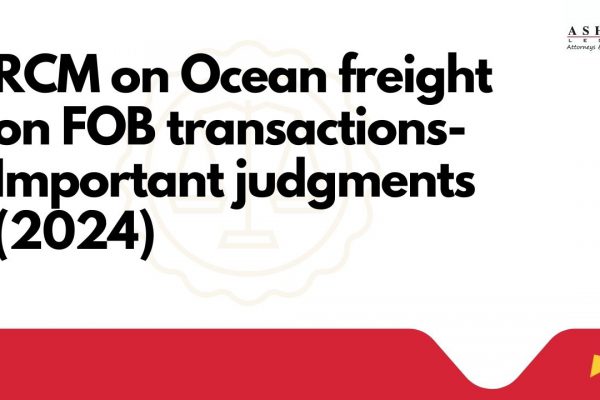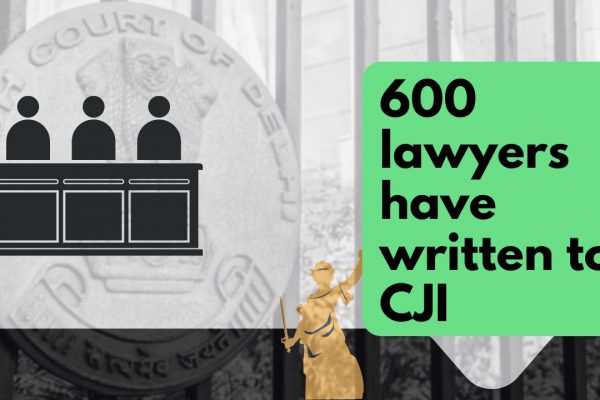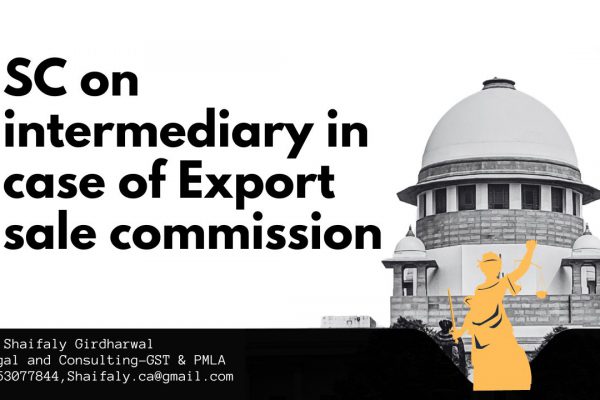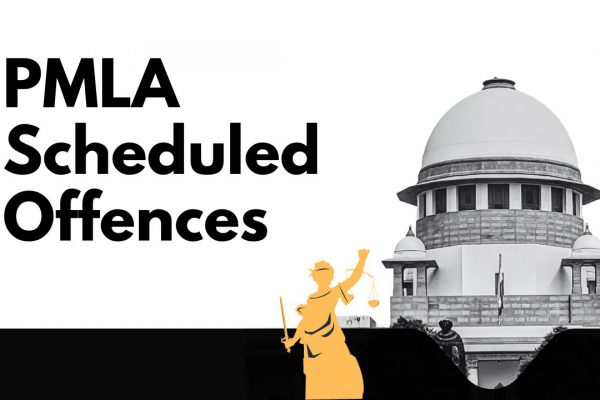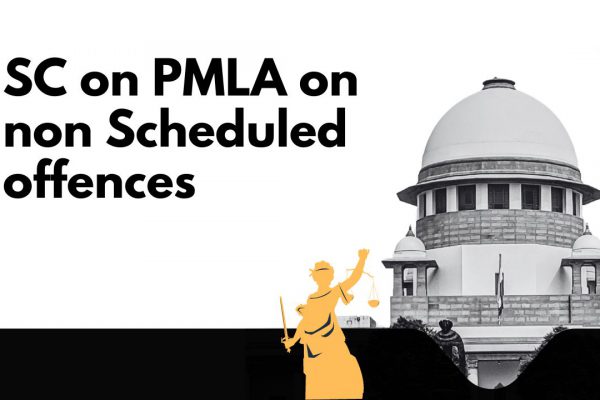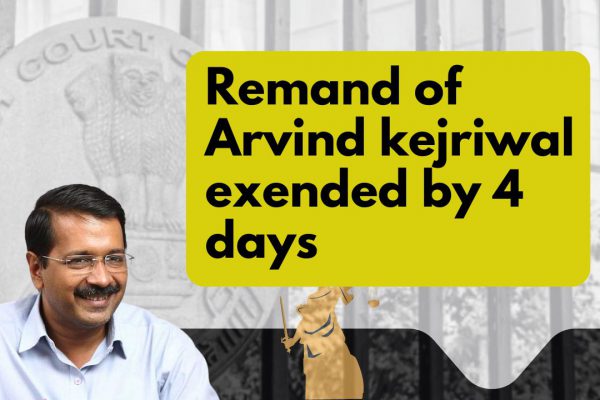Detailed checklist for GST audit
The detailed checklist for GST audit
Section 2(13) of CGST Act provide for the meaning of audit in GST. The meaning provided in this part of Law is reproduced here and we will start the analysis of audit from this provision.
“audit” means the examination of records, returns and other documents maintained or furnished by the registered person under this Act or the rules made thereunder or under any other law for the time being in force to verify the correctness of turnover declared, taxes paid, refund claimed and input tax credit availed, and to assess his compliance with the provisions of this Act or the rules made thereunder”
Let us now analyze this provision to understand the requirements in GST audit. The purpose of GST audit is to verify the correctness of the following:
- Turnover declared
- Taxes Paid
- Refund claimed
- Input tax credit availed
- Compliance with the other provisions of the Act.
Turnover Declared
In GST we declare our turnover monthly in GSTR 3b and monthly/quaterly in GSTR 1. In the first year of GST there were many issues in the filing of GST return. There is no facility of editing of GSTR 3b. The date of filing of GSTR 3B was before the filing of GSTR-1, the detailed return of outward supply in GST. In the initial phase, many taxpayers committed many mistakes due to the lack of knowledge of provisions. Those mistakes resulted in fatal outcomes in some of the cases.
E.g. An extra zero was added in output tax liability and data of GSTR 3b got frozen once the taxpayer clicked on submitted. This left no hope and they had to pay the extra amount to file the return. Later on, circular number 26/26/2017 CGST dated 29/12/2018 provided for the mechanism of rectification of errors in GSTR 3B. All these issues resulted in mess up of data. Now for the audit point of view, we are required to verify the correctness of turnover declared. We can do it in the following step:
- Step-1: Calculate the actual turnover based on the invoices issued. Also, match it with corresponding E-way bills issued where they were applicable and are available.
- Step-2: Reconcile the amount of GSTR 3 with the correct turnover
Turnover declared in GSTR 3b xxxxxxxx
Less: Over-reporting adjusted in coming months
Add: Under-reporting adjusted in coming months xxxxxxxx
Correct turnover: xxxxxxxx
Make correction for wrongly classified turnover:
- When supply is wrongly classified in the lower tax rate
- When supply is wrongly classified in the higher tax rate
When domestic supply is classified as export
- When Export is classified in domestic supply
- When Exempted turnover is classified as taxable turnover
- When taxable turnover is classified as Exempted
- Matching of turnover in GSTR 1: The turnover reported in GSTR 1 shall also be matched with the correct turnover. In GSTR 1 correction was allowed. Make sure that correction in coming GSTR 1 was made for the errors found in the reporting of turnover. All the errors we have discussed in GSTR 3b may also incur in GSTR 1. The only difference is that in GSTR 1 correction was allowed.
Taxes Paid:
Refund Claimed:
- Section 54 (8) of the CGST Act provide for the instances where the refund can be granted to a taxpayer in GST. Here we will reproduce those instances and will discuss them one by one.
- Refund of tax paid on zero-rated supplies of goods or services or both or on inputs or input services used in making such zero-rated supplies.
Section 16 of IGST Act provide for the zero-rated supply in GST. Export and supply an SEZ unit or developer are covered in zero-rated supply in GST. It provides two options to claim the refund for zero-rated supply. One of those options is to make the export on payment of IGST and claim the refund of IGST paid. The procedure for the same is provided in Rule 96 of CGST rules (inserted via fourteenth amendment rules date 23-10-2017.
This rule provides for the basic requirements for release of refund of IGST paid on export of Goods.:
- Filing of GSTR 3b will be deemed to be the application of refund of IGST.
- Data in GST-1 will be transmitted to the customs interface.
- This data will be matched with the data in shipping bills at the customs
Refund of IGST will be released only if all of the above conditions are satisfied.
Refund of IGST paid on export of services:
An application in form GST RFD01 will be filed under rule 89 of CGST rules. (Provided by rule 96(9).
In this case, a brief checking of provisions for grant of refund should be verified by the auditor. Calculation of refund should be checked.
- refund of unutilized input tax credit under sub-section (3)
In this option, export is made on LUT without payment of IGST. Initially provisions of LUT were not clear. Many taxpayers sent shipments even without getting a LUT. Later on, via Circular No. 37/11/2018-GST CBIC allowed the condonation of delay in application of LUT for the exporters. Also, in this case, there were some conditions that were required to be fulfilled by the exporter to avail the benefit of export without payment of IGST and to claim the refund of input tax credit. In this regard following checklist will help in the audit of refund of ITC on the export of supply.
- If any shipment was released without payment of IGST and without a LUT. Check for the condonation of delay was applied by the taxpayer or not.
- When the export was made under LUT taxpayer will become liable to pay the tax with interest if the export is not made as under. pay the tax due along with the interest specified under sub-section (1) of section 50 within a period of —
- fifteen days after the expiry of three months, or such further period as may be allowed by the Commissioner,] from the date of issue of the invoice for export, if the goods are not exported out of India
- fifteen days after the expiry of one year, or such further period as may be allowed by the Commissioner, from the date of issue of the invoice for export, if the payment of such services is not received by the exporter in convertible foreign exchange.
The auditor is required to check the declarations given by the taxpayer while applying for the LUT. Also, the compliance of abovementioned provisions shall be taken care of.
- Refund to SEZ unit or developers: Provisions for the refund to an SEZ unit are also covered by Export rules. The second proviso to rule 89(1) provides that in respect of supplies to a Special Economic Zone unit or a Special Economic Zone developer, the application for refund shall be filed by the –
- supplier of goods after such goods have been admitted in full in the Special Economic Zone for authorized operations, as endorsed by the specified officer of the Zone;
- supplier of services along with such evidence regarding receipt of services for authorized operations as endorsed by the specified officer of the Zone:
Also rule 89(2f) provide for a declaration to the effect that the Special Economic Zone unit or the Special Economic Zone developer has not availed the input tax credit of the tax paid by the supplier of goods or services or both, in a case where the refund is on account of supply of goods or services made to a Special Economic Zone unit or a Special Economic Zone developer.
- Refunds in case of deemed exports:
The third proviso to rule 89(1) provides that in respect of supplies regarded as deemed exports, the application may be filed by, –
(a) the recipient of deemed export supplies; or
(b) the supplier of deemed export supplies in cases where the recipient does not avail of input tax credit on such supplies and furnishes an undertaking to the effect that the supplier may claim the refund.
The auditor is required to check the terms accepted in the declaration are fulfilled by the taxpayer.
Rule 89(4A) covered the case where the supplies received when the benefit of notification no. 48/2017 central tax dated 18th October 2018. The notification covers the deemed exports. In case of inward supplies covered in deemed export, the refund of input tax credit for other supplies will be available to the exporter.
Here the auditor is required to check that only the allowed ITC is claimed by the taxpayer.
Further Rule 96(10) provides that the person claiming the refund of IGST paid on export of Goods or services or both shall not have received the supplies on which supplier has availed the benefit of notification no. 48/2017 CGST dated 18 October 2017.
Input tax credit availed:
This is one of the most complex provision as it will cover not only the availment of ITC but also its reversal. Let us have short look on the provisions related to ITC in GST.
- Section 16(2) provides for the basic conditions to be fulfilled by a taxpayer for availment of ITC.
- The possession of a tax invoice, debit note or other prescribed documents.
- Receipt of goods/ services. (constructive receipt is also a receipt, in case of lots ITC will be available with receipt of last lot)
- Tax charged in respect of that supply is paid to the account of Govt by cash or admissible credit. ( sub to provisions of section 41, matching)
- The taxpayer has furnished the return u/s 39. (GSTR 3,4,5,6,7 are filed in this section)
- When the recipient fails to pay within 180 days from the date of invoice, the value of invoice and tax. He will be liable to make a reversal of ITC availed in respect of that invoice. This can be reclaimed once the payment is made at any later date.
- If the depreciation is claimed on the value of tax the ITC of the same will not be available.
- Reversal: Section 17(1) and (2) read with rule 42 and 43 provide for the reversal of ITC in case the inputs are used in Non-GST supply or exempted supply.
The basic formula for calculation is provided below:
It will be the liability of the auditor to check the reversal under there are two sections.
Compliance with this provision is also required to be checked
- Refunds in case of Merchant exporters:
If you already have a premium membership, Sign In.
 CA Shafaly Girdharwal
CA Shafaly Girdharwal
CA
New Delhi, India
CA Shaifaly Girdharwal is a GST consultant, Author, Trainer and a famous You tuber. She has taken many seminars on various topics of GST. She is Partner at Ashu Dalmia & Associates and heading the Indirect Tax department. She has authored a book on GST published by Taxmann.


